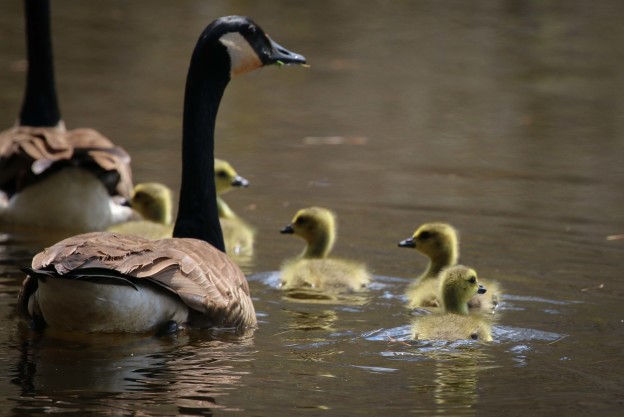CHELMSFORD — When most people think of Roberts Field, they think of Little League baseball diamonds and the Friendship Park playground.
The Friends of Roberts Field are changing that.
The group has rolled out a habitat and trail maintenance plan, recently approved by the town, that puts an emphasis on protecting and enjoying the natural beauty the field has to offer, according to Friends founder Bill Askenburg.
As one of the last open spaces in the area around Old Westford Road, he said Roberts Field is a prime location to strengthen the habitats and populations of pollinators like native bees and birds.
“Our goal here is to help educate people about the importance of pollinators, but also primarily to connect people to nature, to give them safe access to nature but at the same time help protect and also improve the habitat,” Askenburg said.
The plan calls for a number of improvements, including the removal of invasive species, responsible use by residents and their pets and increasing the diversity of native plants and wildlife. It was created in partnership with the Conservation Commission and Board of Selectmen, Askenburg said. He said the town has been very supportive of the group’s efforts.
According to the U.S. Fish & Wildlife Service, pollinator species carry pollen from plant to plant as they collect nectar.
They play a crucial role in the reproduction of 75 percent of flowering plants and fruit and vegetable crops.
Last fall, the Friends called upon member Cori Rose, a professional wetland scientist and ecological gardener, for guidance in creating a pollinator park.
They took a forgotten patch of land, to the left of the fire station, that was overrun with invasive plants like poison ivy and bittersweet and turned it into a series of gardens that can be enjoyed by people, animals and insects alike.
The main garden has over 50 varieties of flowering and berry-producing plants, selected so that there is always something blooming throughout the year, Askenburg said.
There’s also a wildlife and seed foraging garden with a mix of plants grown to benefit birds and small mammals, and a natural flowering meadow full of native species like goldenrod and milkweed that attract pollinators, he said.
In the three short years since the Friends was established, there have been many small projects around the field and the adjacent forested area, from expanded trails to man made habitat boxes for bats and barred owls.
Much of the work has been accomplished by volunteers and donations, said Friends member Wolf Bartz, who lives in the adjacent neighborhood.
Most of the wooden trail bridges were constructed by local Boy Scouts and the skate shack, a small structure mainly used in the winter when the lake is iced over, was created by local Girl Scouts, Askenburg said.
Last Friday, Kronos employees took a community service day to help create a new garden of pollinator-friendly perennials by the skate shack and constructed a foot bridge over a muddy area on the trail.
“It has made a huge difference to how people use the park,” Bartz said. “They find out about the trails and their kids are excited about catching frogs or birding, or what have you. It was almost immediate.”
Askenburg also serves on the town’s Roberts Field Improvement Committee, a group tasked with creating a master plan for the redevelopment of the playground and other field amenities.
When the committee recently sought input from residents, more than 400 people responded to the survey, he said.
The committee hired consultant Howard Stein Hudson to create a concept plan in April, and is in the process of reviewing that document, Askenburg said.
Next, the Friends will work with another Boy Scout to add garden bee and bluebird houses, he said. They also plan to add placards around the field that describe the different habitats, the types of animals that use them and why they’re important, Askenburg said.
For more information and to get involved, visit robertsfield.org and friendsofrobertsfield.org.
Follow Alana Melanson at facebook.com/alana.lowellsun or on Twitter and Tout @alanamelanson.
The original article can be found here: http://www.lowellsun.com
